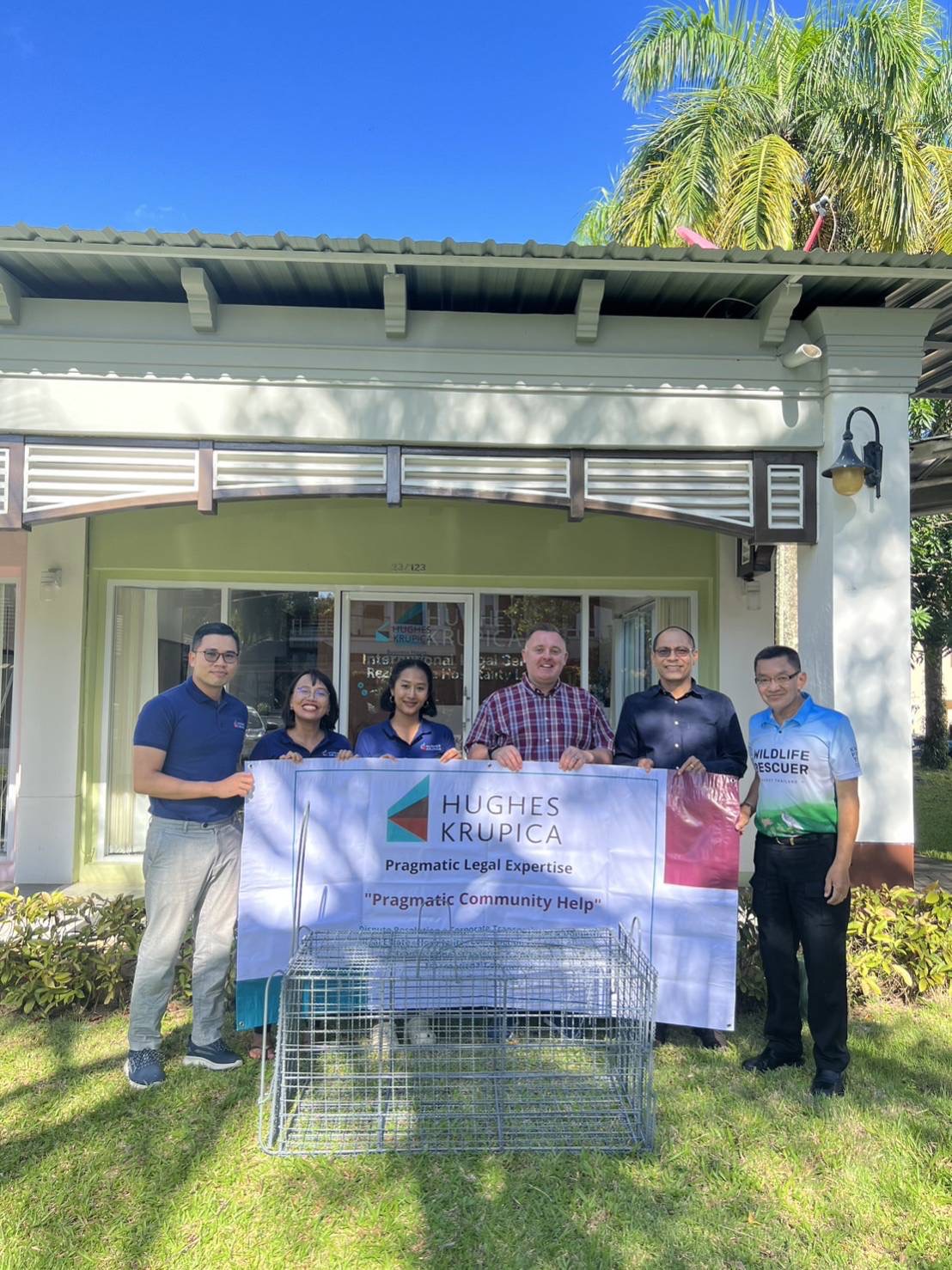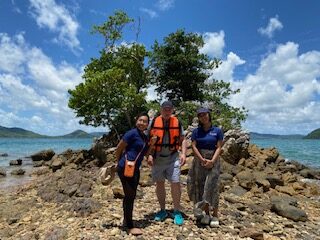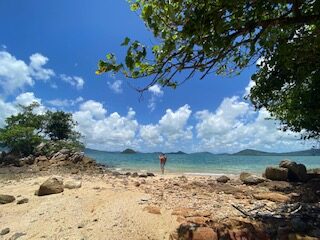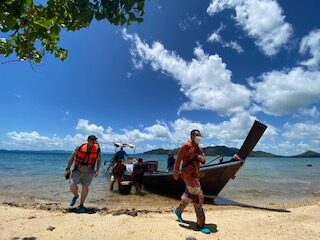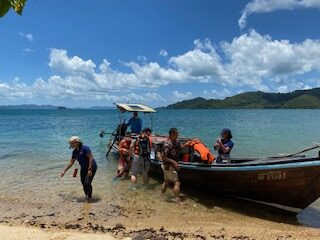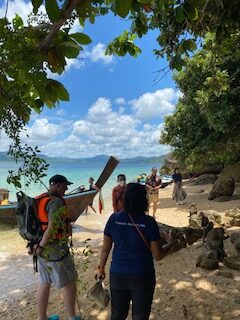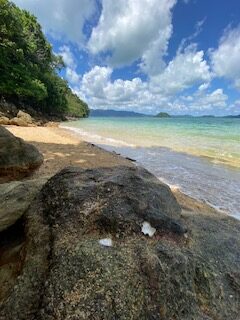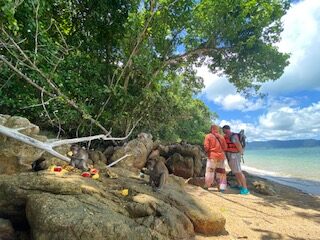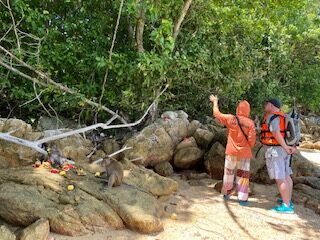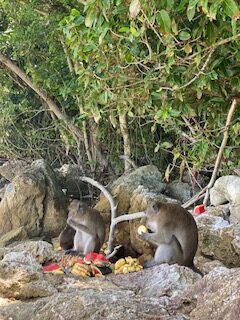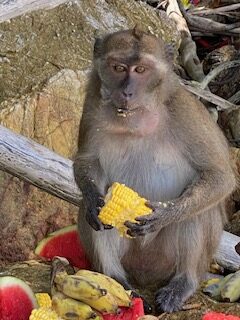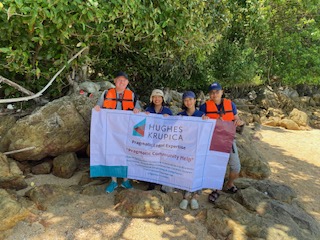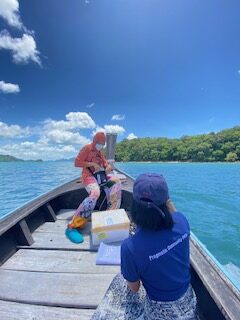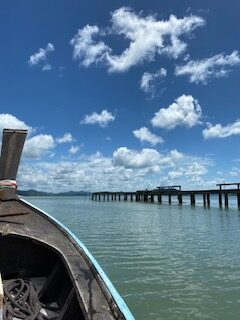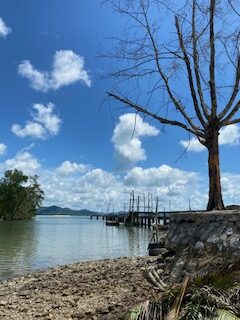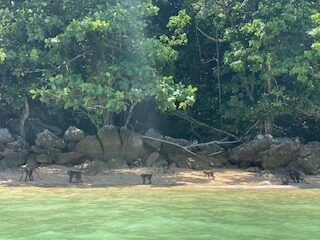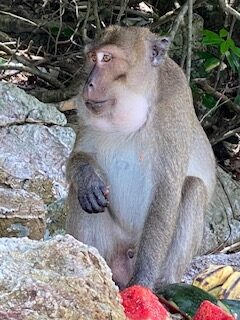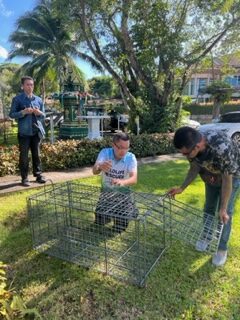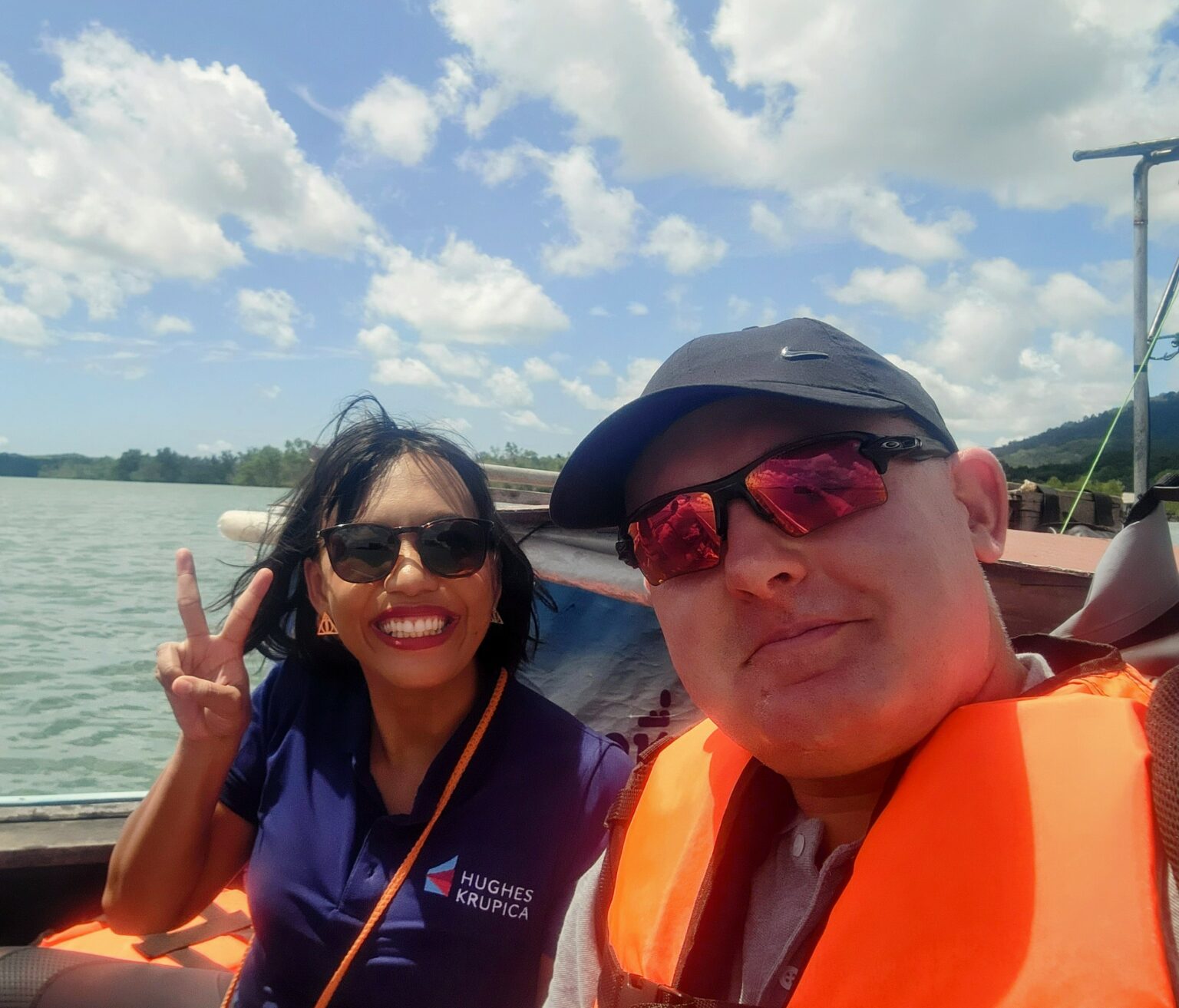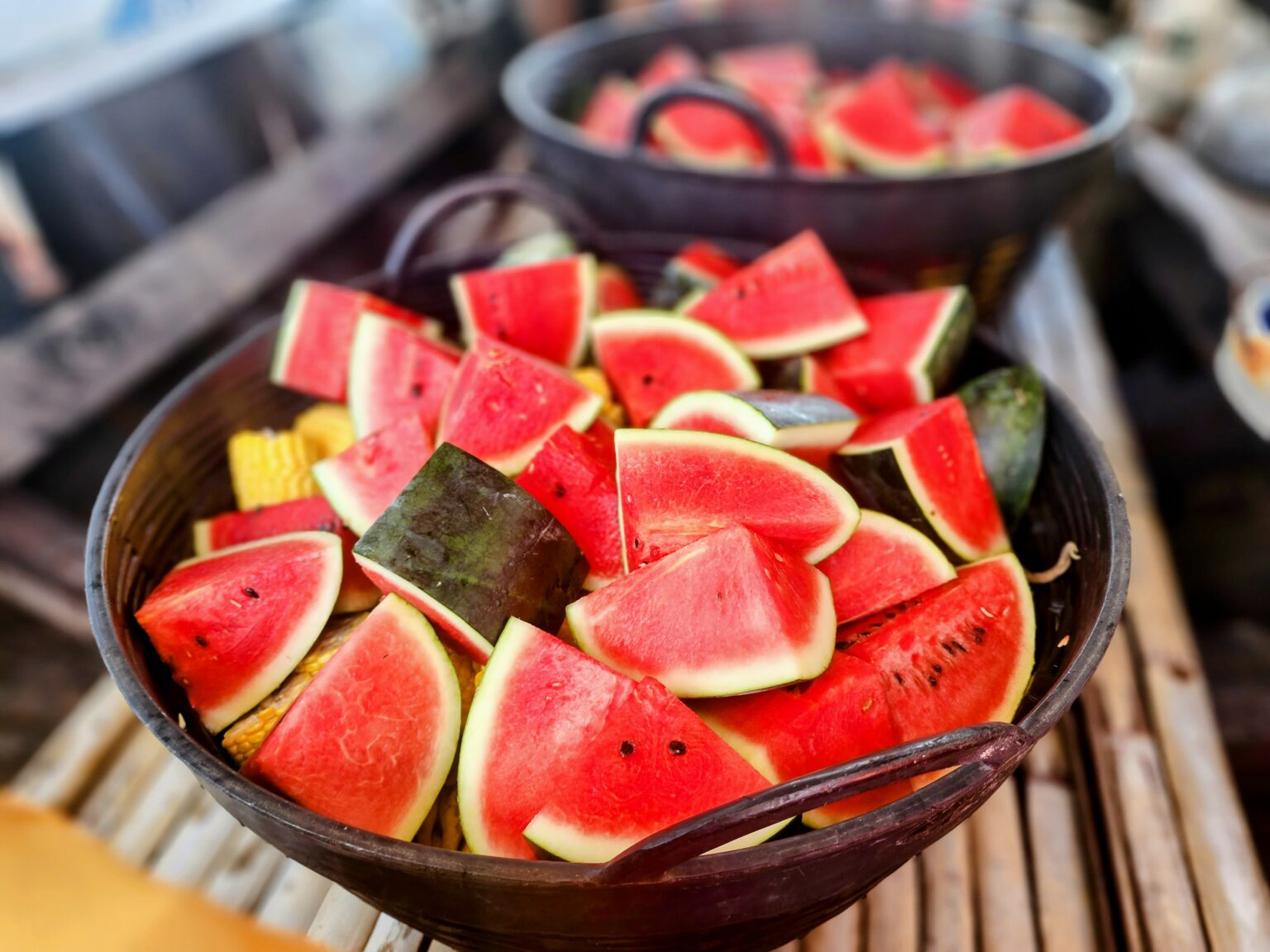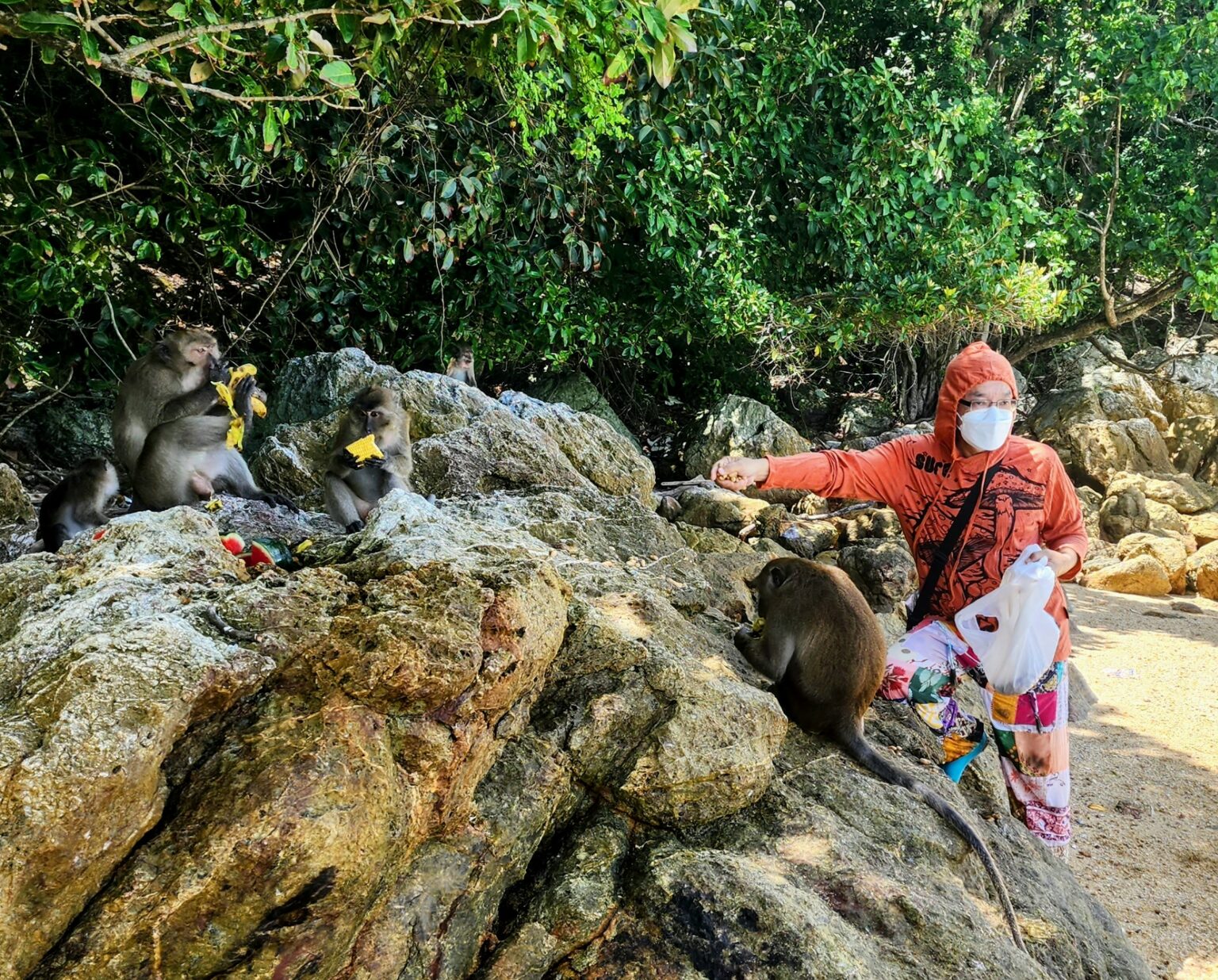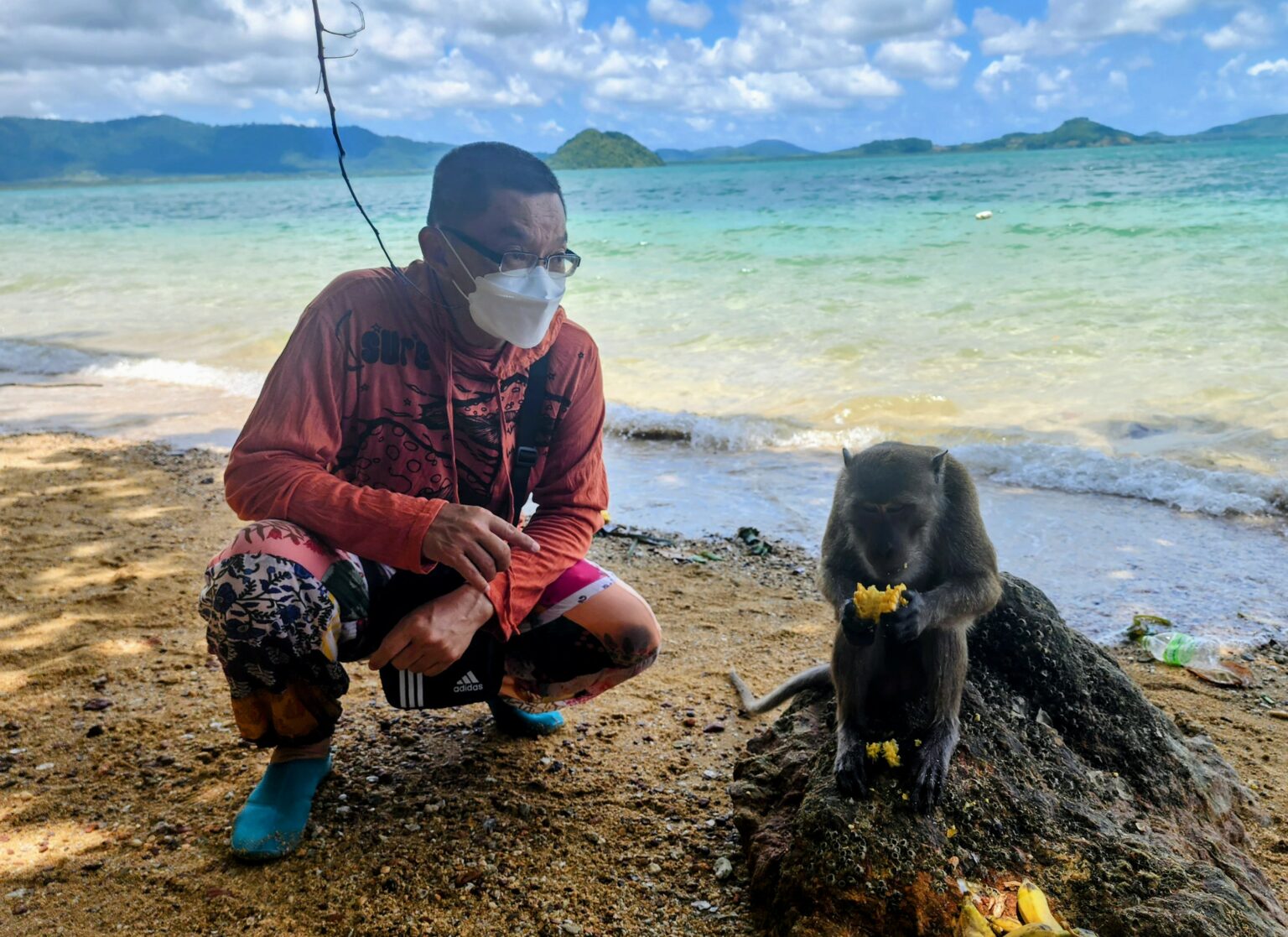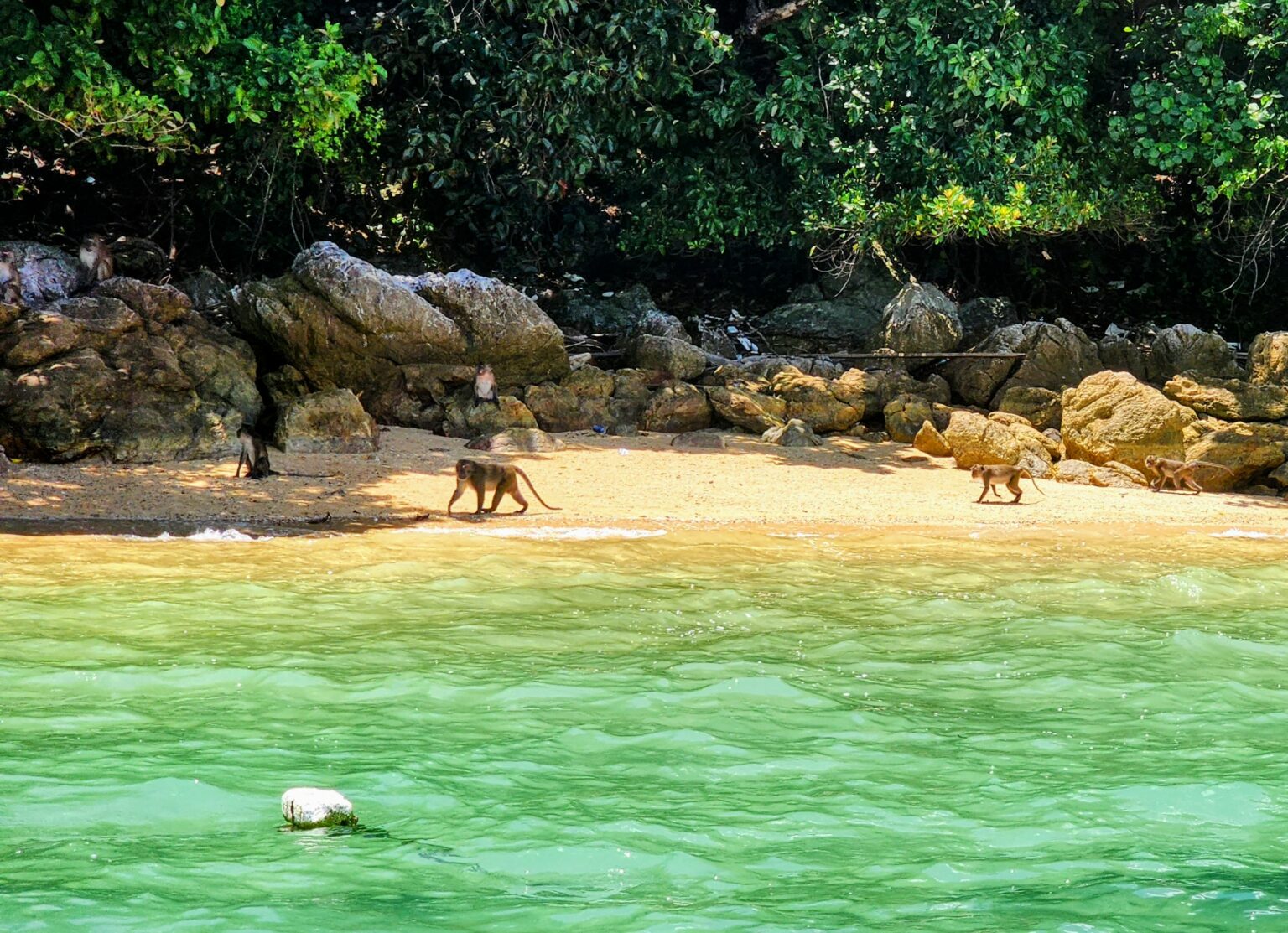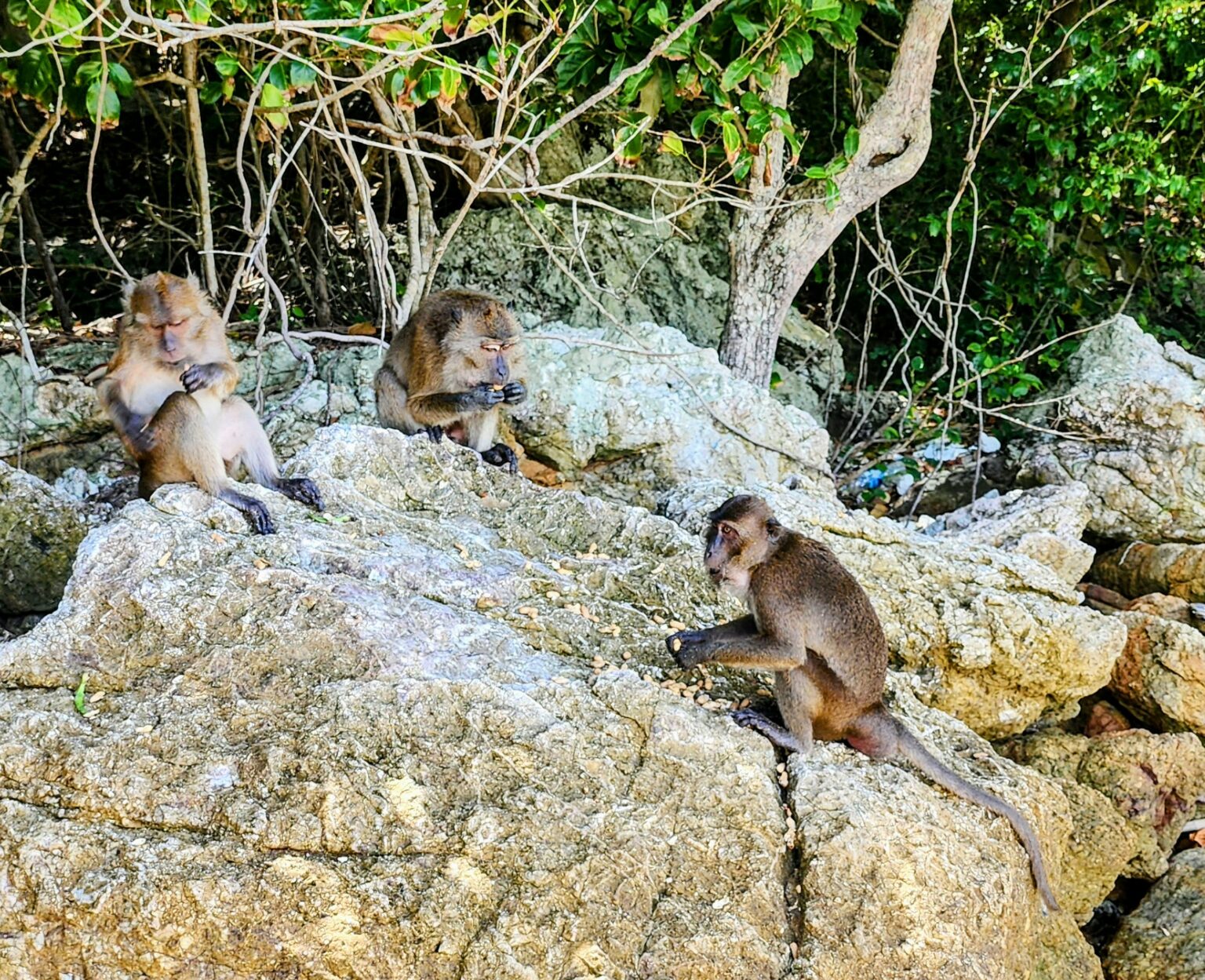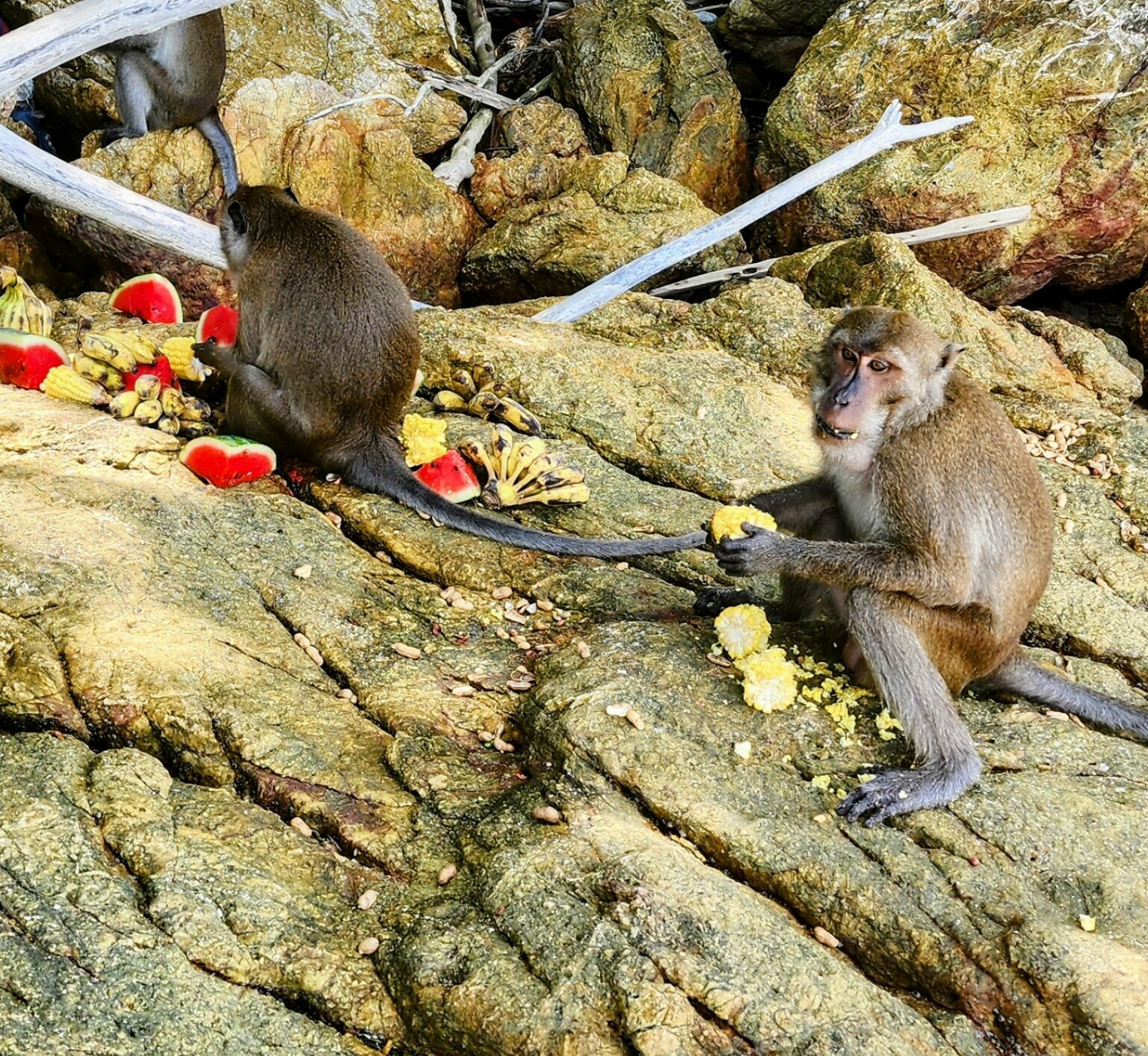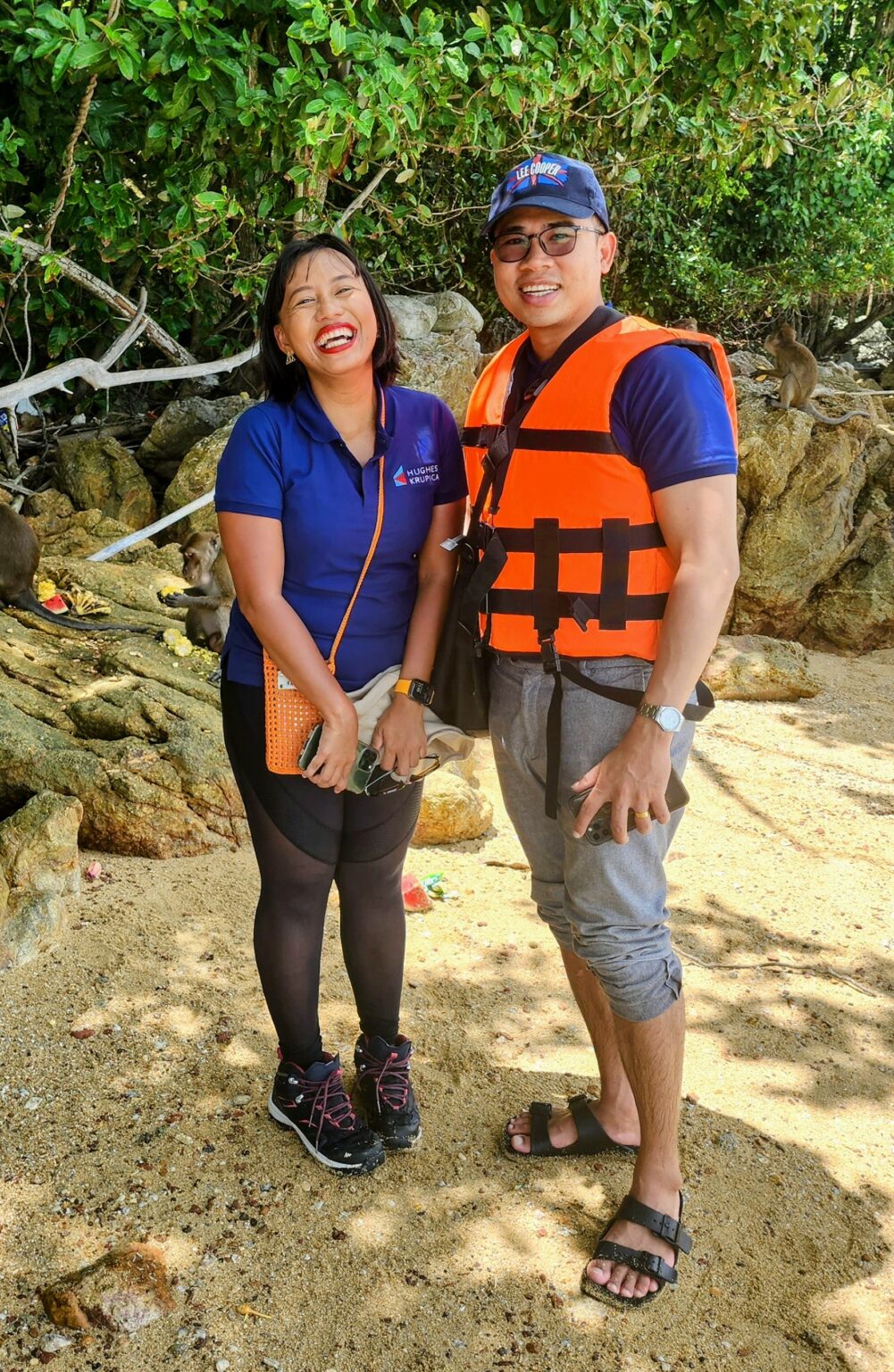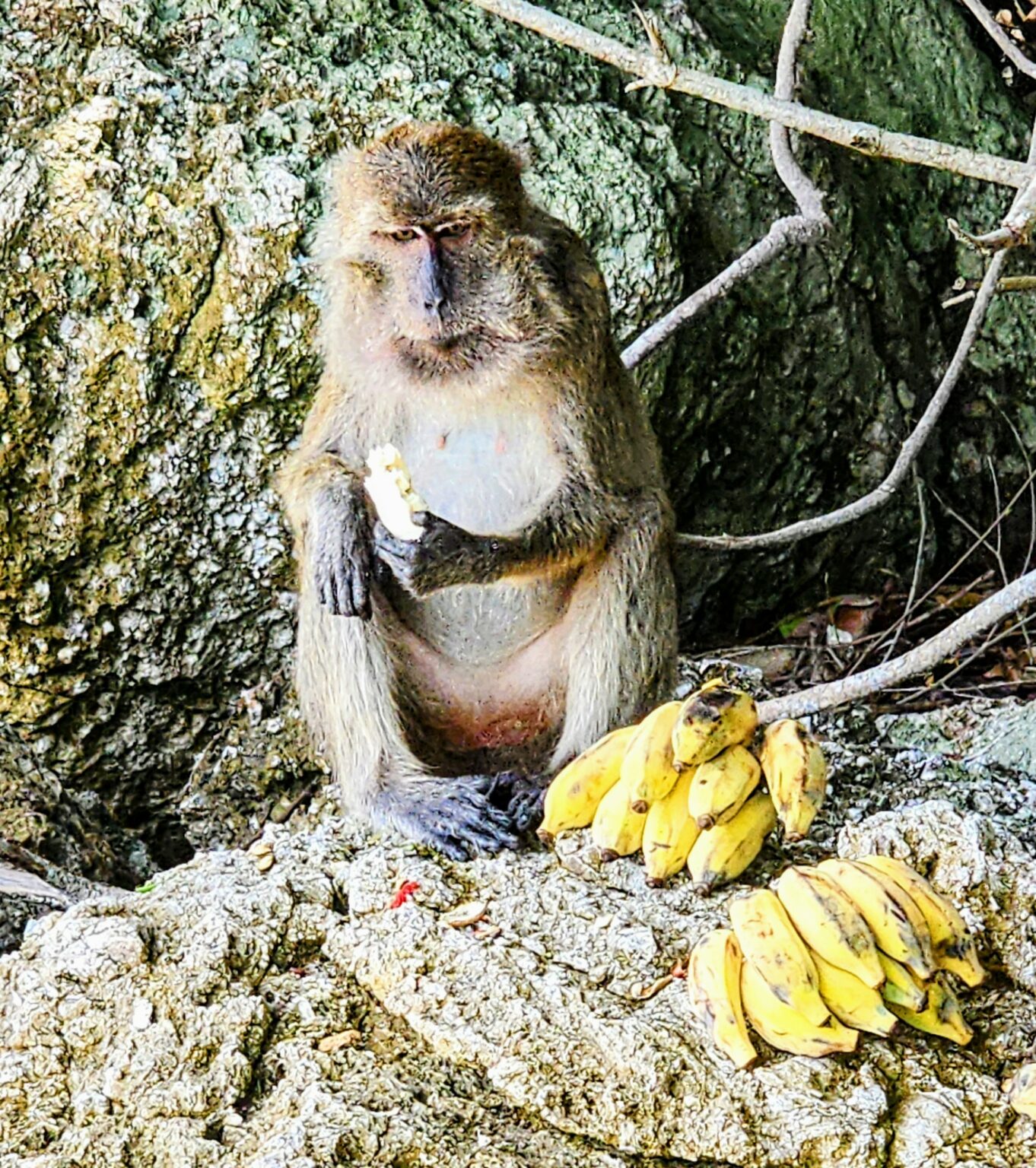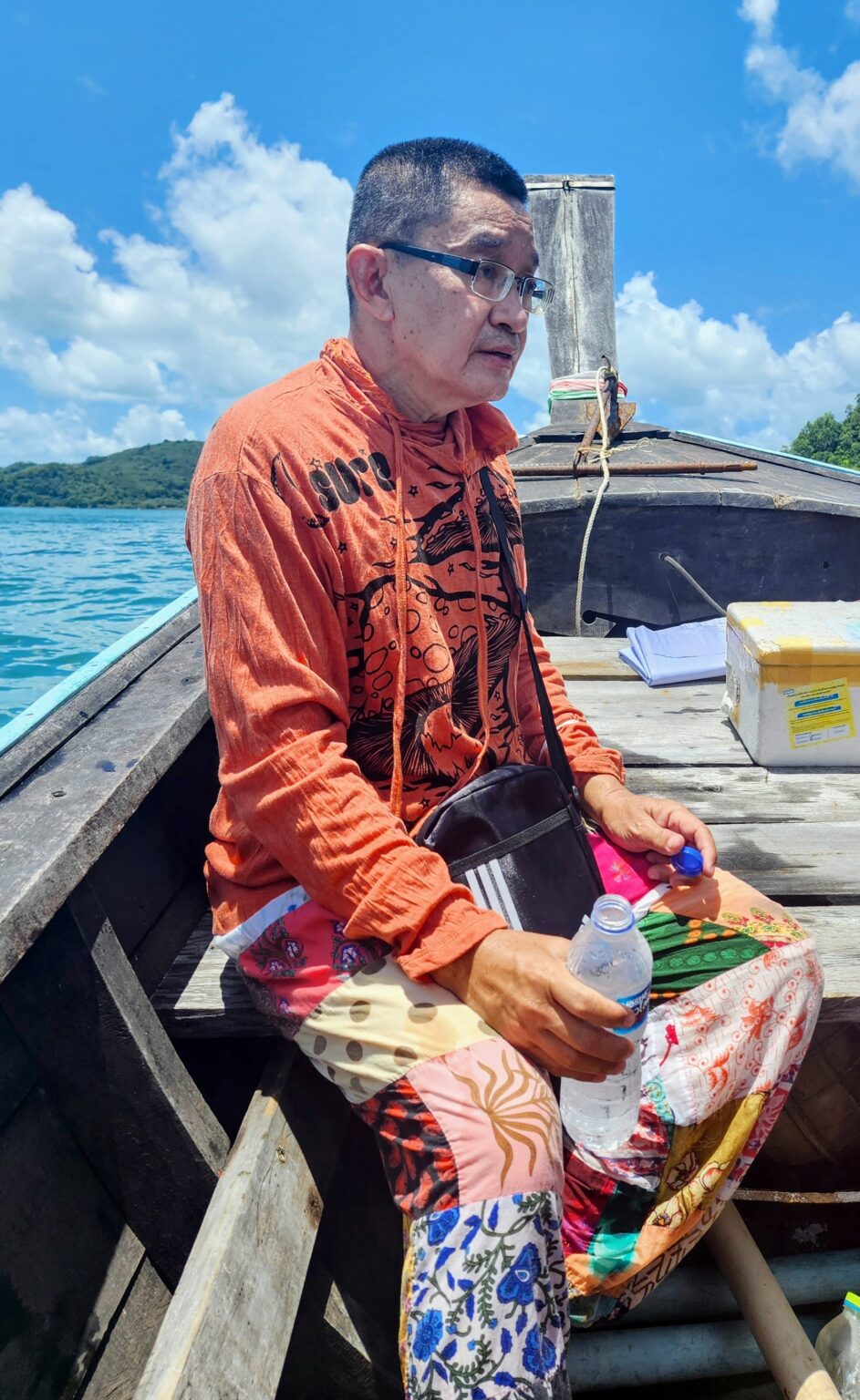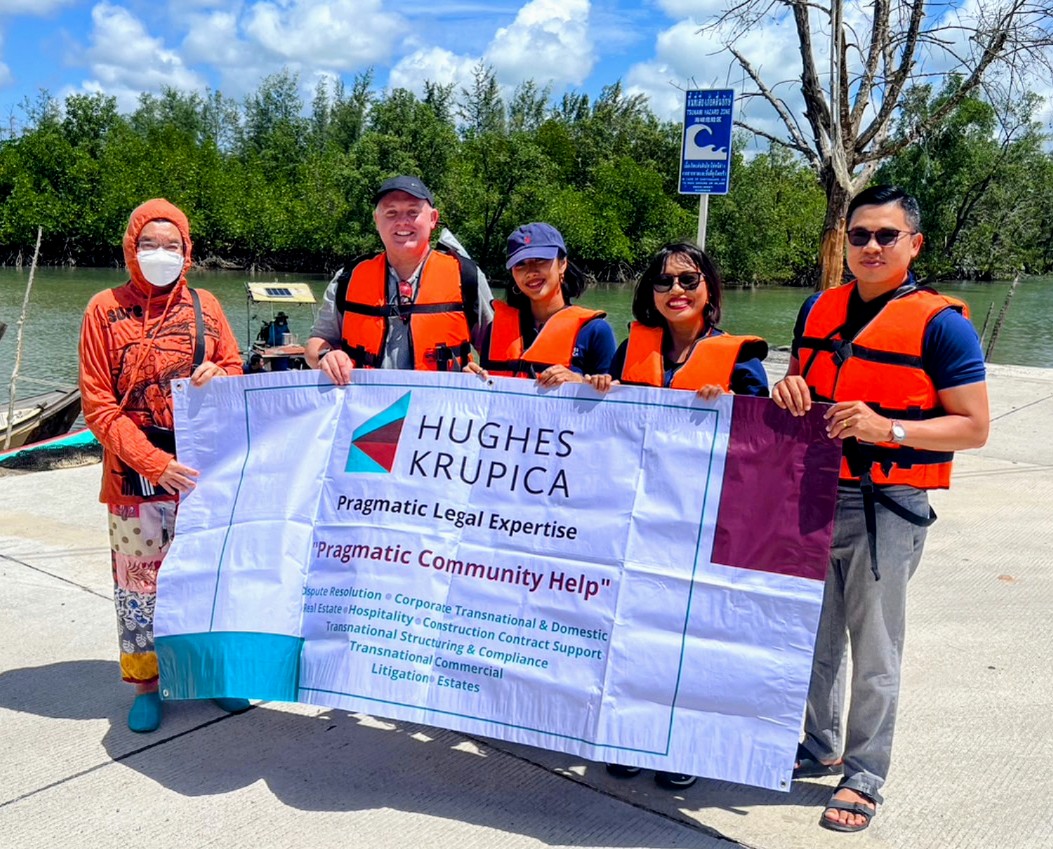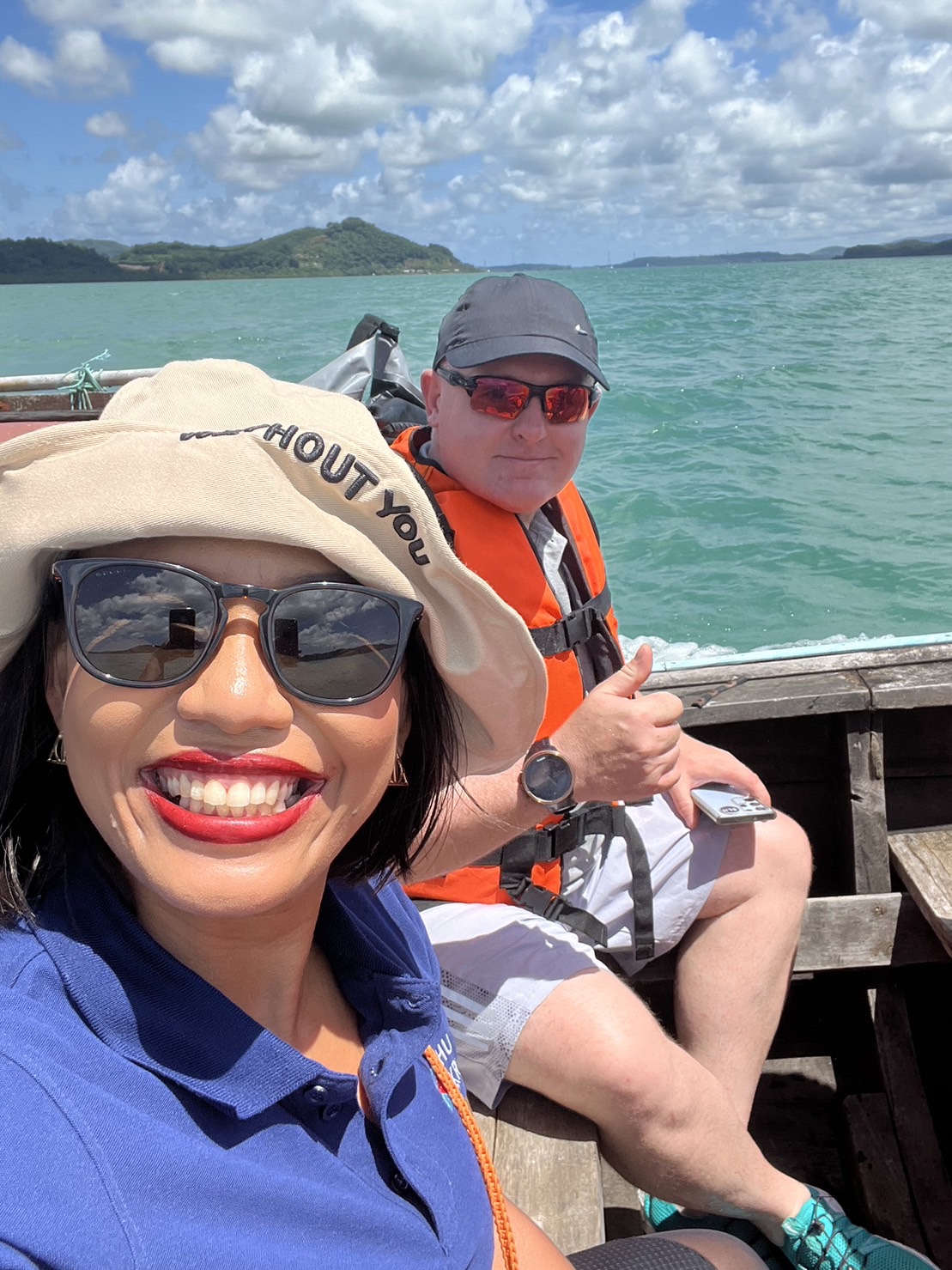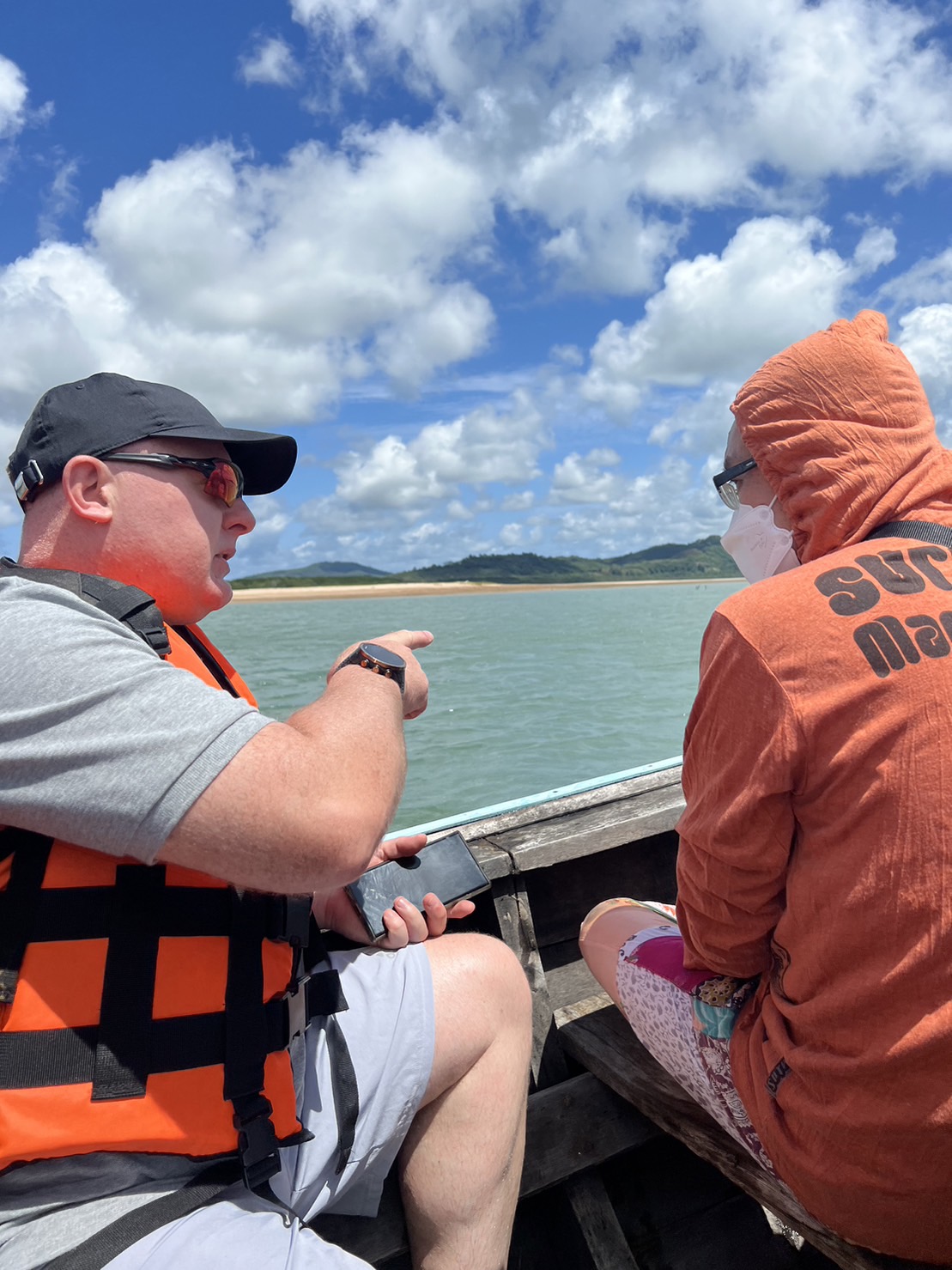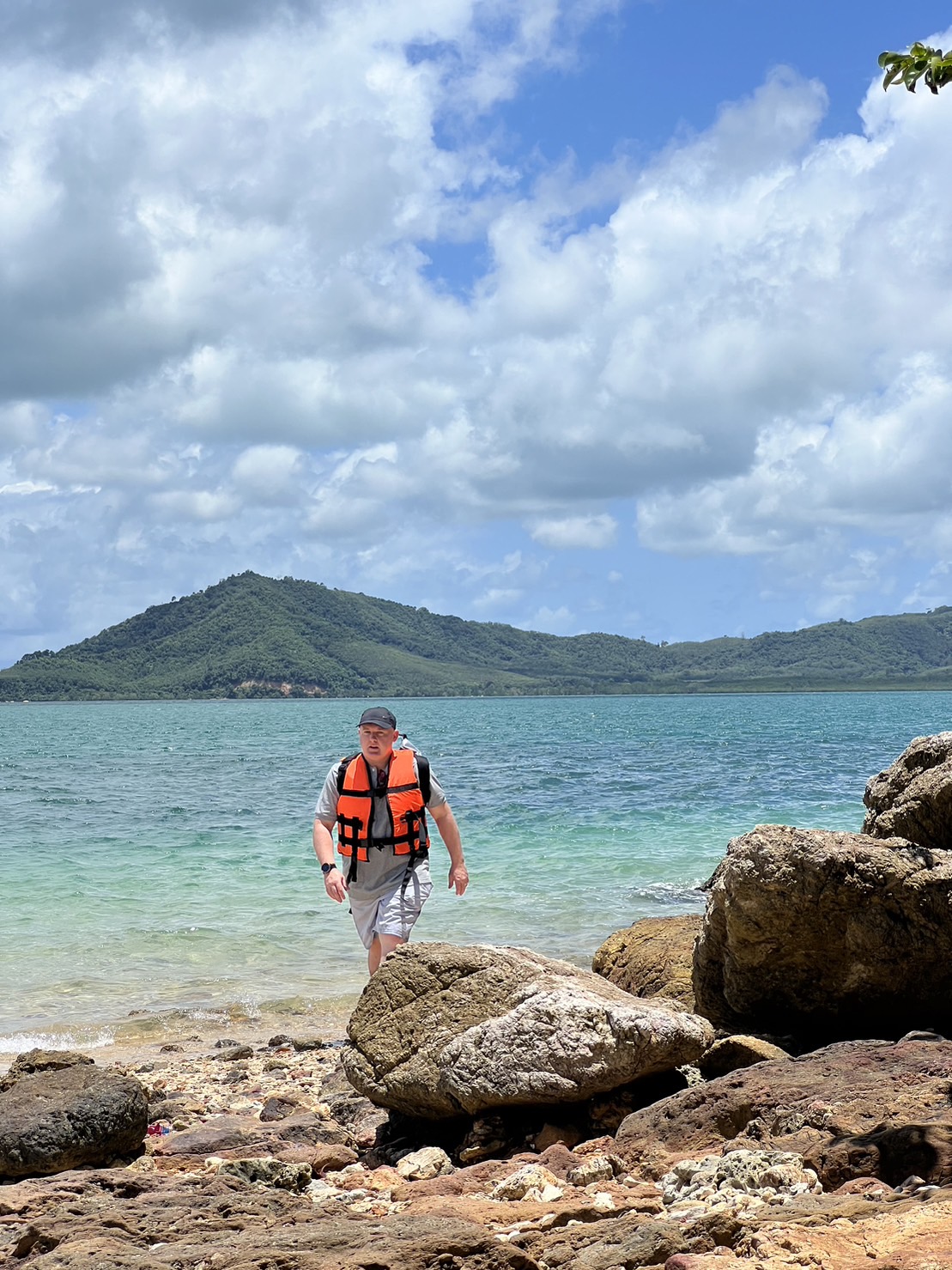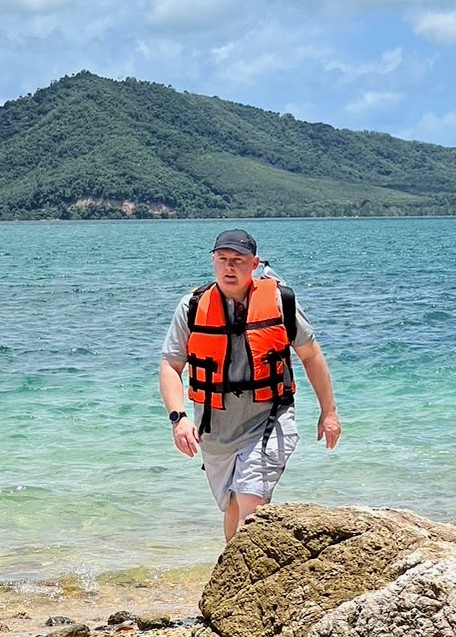The balance between humans and other animals on the planet creates tensions and puzzles which need resource and commitment to resolve with the most practical and kind solutions being a priority.
When the average person, not thinking deeply about the subject, imagines a monkey, they may imagine a cute and cuddly innocent creature that should simply be left alone, free from interference, free from human matters.
However, the reality is that territory and living circumstances are shared with monkeys, in places such as Thailand. This has caused issues within local communities which can result in harm to the human population and to the monkey population unable to find equilibrium.
In 2017 in Phuket, the monkey population had increased and territorially spread causing a chaotic situation including stealing food including rice and essential foodstuffs from kitchens and pantries, hurting tourists and local people in close proximity, and destroying the belongings of people in 7 different communities (Baan Yamu, Bang Rong pier, Tha Chin soi, King Kaew soi 9, Koh Sirey, Toh Sae Hill, Rung Hill).
In addition, problems relating to the health of the monkeys manifested themselves in this change and risk of disease outbreak from a change of living circumstance was exacerbated.
From this situation, it is rare to find a person and organisation willing to take on a difficult task and find a model solution which can assist with long term resolution.
Khun Pongchart, leader and director at Khao Phra Thaeo Wildlife and Nature Education Center (“KPTWNEC”), Phuket devoted his efforts and ideas, consulting with the relevant communities and using his in-depth knowledge and experience of balancing ecosystems, to create a model project.
The project comprises several elements, finely balanced:
1. Humane and careful capture of the monkeys which have caused issues but are also at risk in the relevant community
2. Tagging of the monkeys to track their position and record their health status
3. Sterilization of a selected group of the monkey population and transportation of the monkeys to release them back to a natural habitat with appropriate food and shelter at Payou Island.
The KPTWNEC have at the date of writing moved 25 monkeys from 4 different communities (Baan Yamu, Bang Rong pier, Tha Chin soi, King Kaew soi 9) to the Bayu Island, which does not have the people living and they also control the monkey food and take care of them.
Hughes Krupica contacted KPTWNEC and had the good fortune to be learn about this project and how our team could provide some small help to make a small difference.
We travelled from Thasak Pier to Koh Phayu with our crew, 4 boat drivers and 4 team members to the island by ‘longtail’ boat. The weather was calm notwithstanding it being monsoon season and the sun was shining and glittering against the beautiful Andaman Sea. It too approximately 30 minutes to reach Payou Island.
Upon arriving at the island, the Crab-eating Macaque monkeys welcomed the visitors without aggression and displaying normal behaviours.
Khun Pongchat of the KPTWNEC gave out nuts contributed by Hughes Krupica to the monkeys as a greeting. We also provided bananas and watermelon, acceptable parts of the monkeys’ diet.
Khun Pongchat pointed out that the monkeys must be monitored for good health and their adaptation to the island. This is identified by checking if the the monkeys’ fur is shiny and looking at their skin for any blemishes or sign of disease.
If mild sickness is identified, natural treatments are provided.
To ensure longevity of the solution of relocation, the KPTWNEC had conducted an exhaustive study of the area including other islands identified for relocation to verify that no human populations existed, and such islands are rich in relevant food sources. On Payou island there are at the time of writing 25 macaques able to find seafood such as shrimp, shellfish, crabs and fish on their own. The macaques living on this island are in good health, and have a habit of not being aggressive. Macaques brought to release the island will have a symbol tattooed on the chest to indicate that it has been neutered for controlling the monkey population and quality and sustainability of the lives of the macaques on the island in the future.
The KPTWNEC team will follow up on the health of macaques in periods between o3 days to 40 days after releasing the macaques to the island. The period between each visit to the island are different on purpose to avoid the monkeys becoming used to regular human contact.
Hughes Krupica paid for and delivered 1 additional cage to the KPTWNEC to trap the sick macaque for treatment before being released to Koh Payou to support the project and the life quality of the macaques. Whilst the image of a monkey in a trap isn’t a pleasant one, that part of the process is necessary, through temporary discomfort, to improve the lives of the monkeys.
From today’s activities, the Hughes Krupica team reflected upon the fact life in the big city full of amenities and comfort is attractive, but in the end, natural therapy provides more sustainability to humans and wellbeing because all life comes from nature.
Khao Phra Thaeo Wildlife and Nature Education Center, Phuket
Contact: Khun Pongchart Chuahom – Leader of Khao Phra Thaeo Wildlife and Nature Education Center
Tel: (+66) 81 676 7864
Facebook: https://www.facebook.com/KhaoPhraThaeo
Location: น้ำตกโตนไทร, Phuket, Thailand, Phuket
This information is up to date as of 25th August 2023.
